Home>Furniture & Design>Interior Design Trends>How To Clean Yellowed Glass
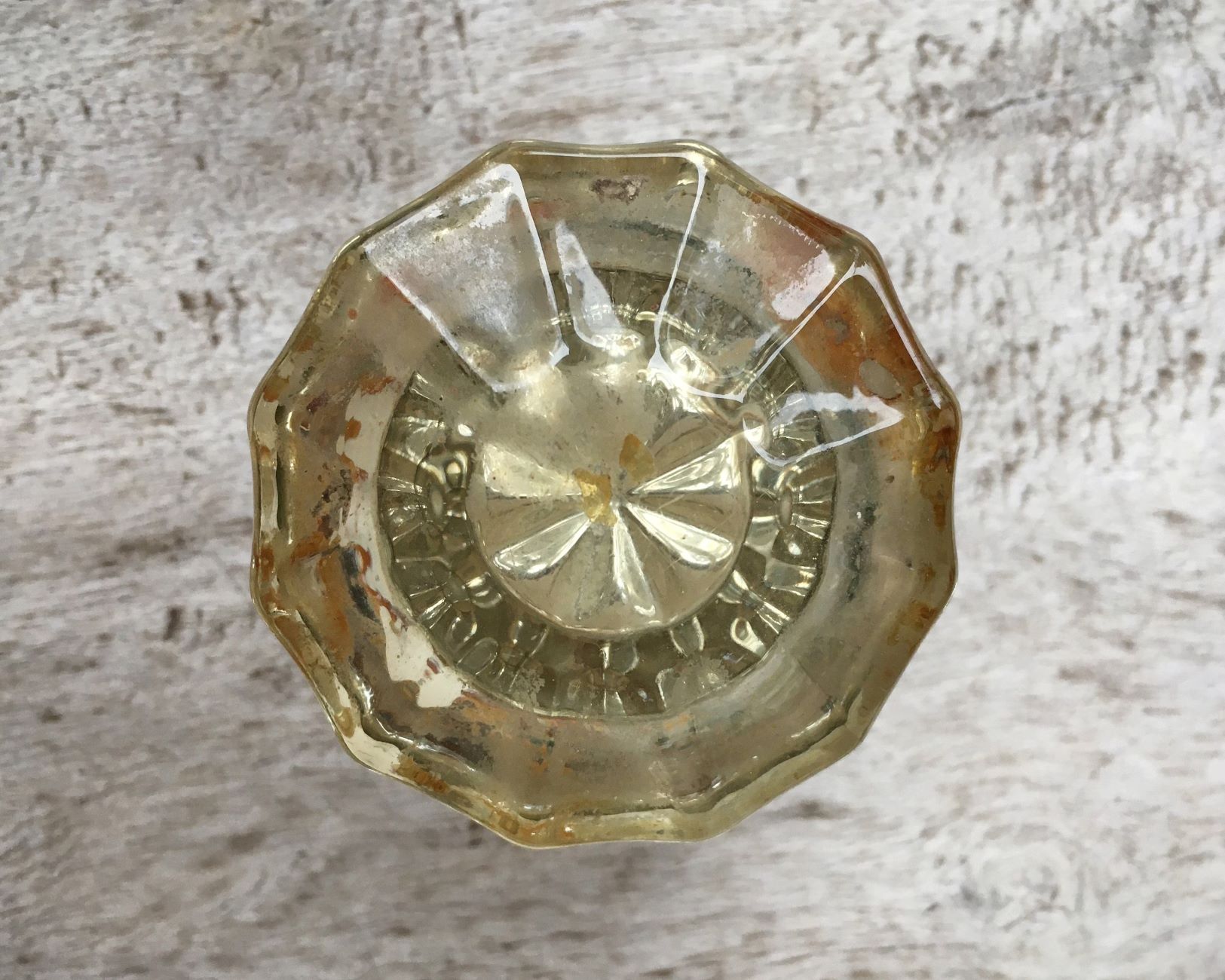

Interior Design Trends
How To Clean Yellowed Glass
Modified: February 18, 2024
Learn how to clean yellowed glass and keep up with the latest interior design trends. Transform your space with these expert tips.
(Many of the links in this article redirect to a specific reviewed product. Your purchase of these products through affiliate links helps to generate commission for Storables.com, at no extra cost. Learn more)
Introduction
Yellowed glass can detract from the beauty of your home, making it look aged and unkempt. Whether it's a vintage mirror, a cherished picture frame, or a beloved glass tabletop, yellowed glass can be a real eyesore. However, with the right knowledge and tools, you can restore the clarity and luster of your glass items, breathing new life into your living space.
Over time, various factors can contribute to the yellowing of glass surfaces, including exposure to sunlight, environmental pollutants, and the natural aging process. Understanding these causes is crucial in effectively addressing the issue and preventing further deterioration. By learning how to properly clean and maintain yellowed glass, you can preserve its pristine appearance and extend its lifespan.
In this comprehensive guide, we will delve into the underlying reasons for yellowed glass and provide practical steps to restore its original transparency. Additionally, we will explore the essential materials needed for this cleaning process, ensuring that you have everything required to achieve optimal results. By following the step-by-step instructions and incorporating preventive measures, you can safeguard your glass possessions from future yellowing, maintaining their allure for years to come.
Let's embark on this journey to revitalize your yellowed glass items, uncovering the secrets to effective cleaning and preservation. With the right approach and a touch of dedication, you can bid farewell to the unsightly yellow tint and welcome back the radiant clarity of your cherished glass possessions.
Key Takeaways:
- Say goodbye to yellowed glass by using natural cleaners like white vinegar and lemon juice. Prevent future yellowing by applying UV-protective coatings and strategic placement away from direct sunlight.
- Keep your glass items pristine by regularly cleaning with ammonia-free solutions and maintaining optimal humidity levels. Proactive care preserves their enduring beauty for years to come.
Read more: How To Clean Yellowed White Blinds
Understanding the causes of yellowed glass
Yellowed glass, once pristine and clear, can be a result of various factors that affect its appearance and transparency. Understanding these causes is essential in effectively addressing the issue and preventing further deterioration. The following are some of the primary reasons for the yellowing of glass surfaces:
-
UV Exposure: Prolonged exposure to ultraviolet (UV) radiation from sunlight can lead to the yellowing of glass. Over time, the UV rays cause a chemical reaction in the glass, resulting in the breakdown of its molecular structure and the development of a yellow tint. This process is accelerated in areas with high levels of sunlight, such as near windows or in outdoor settings.
-
Environmental Pollutants: Airborne pollutants, such as smog, industrial emissions, and cigarette smoke, can contribute to the yellowing of glass surfaces. These pollutants contain particles and chemicals that can adhere to the glass, leading to discoloration and a yellowed appearance over time.
-
Aging Process: As glass ages, it undergoes a natural degradation process that can manifest as yellowing. The molecular structure of the glass may change over the years, especially in the case of antique or vintage glass items, resulting in a gradual loss of clarity and the emergence of a yellow hue.
-
Chemical Reactions: Exposure to certain chemicals or cleaning agents can cause glass to yellow. For instance, ammonia-based cleaners, when used on glass surfaces, can react with the glass and contribute to discoloration over time. Additionally, improper storage of glass items in proximity to certain materials or substances can lead to chemical reactions that result in yellowing.
-
Moisture and Humidity: High levels of moisture and humidity can accelerate the yellowing of glass, particularly in environments where proper ventilation and air circulation are lacking. The presence of moisture can facilitate the growth of mold and mildew on glass surfaces, leading to discoloration and a yellowed appearance.
By recognizing these underlying causes of yellowed glass, you can take proactive measures to mitigate their impact and preserve the clarity and beauty of your glass possessions. With this understanding, you are better equipped to address the yellowing issue and implement effective cleaning and preventive strategies to maintain the pristine condition of your glass items.
Materials needed for cleaning yellowed glass
Cleaning yellowed glass requires specific materials to ensure effective restoration without causing damage to the glass surface. By assembling the necessary tools and supplies, you can embark on the cleaning process with confidence, knowing that you have everything required to achieve optimal results. Here are the essential materials needed for cleaning yellowed glass:
-
White Vinegar: This versatile household staple serves as a potent cleaning agent for yellowed glass. White vinegar's acidic properties make it effective in breaking down stubborn residue and discoloration on glass surfaces.
-
Baking Soda: With its gentle abrasive nature, baking soda is ideal for tackling tough stains and yellowing on glass. When combined with other cleaning agents, it forms a powerful yet non-abrasive solution for restoring clarity to glass items.
-
Microfiber Cloth: A soft microfiber cloth is essential for gentle yet thorough cleaning of yellowed glass. Its fine fibers effectively capture dirt and grime without scratching or damaging the glass surface.
-
Rubbing Alcohol: This multipurpose solvent is valuable for removing grease, residue, and stains from glass. When used in conjunction with other cleaning agents, rubbing alcohol can help dissolve tough buildup and restore the glass's original transparency.
-
Glass Cleaner: Opt for a high-quality, ammonia-free glass cleaner specifically formulated for removing yellowing and restoring the luster of glass surfaces. Look for a cleaner designed to address discoloration and provide long-lasting clarity.
-
Soft-bristled Brush: A soft-bristled brush or toothbrush is useful for reaching intricate areas and crevices on glass items. It allows for targeted cleaning and gentle agitation to dislodge embedded grime and yellowing.
-
Lemon Juice: The natural acidity of lemon juice makes it an effective alternative to chemical cleaners for combating yellowing on glass. Its mild yet potent cleaning properties can help lift stains and restore the glass's original shine.
-
Distilled Water: Using distilled water ensures that mineral deposits and impurities present in tap water do not interfere with the cleaning process. It is essential for achieving streak-free and spotless results when cleaning yellowed glass.
By gathering these essential materials, you can prepare a comprehensive cleaning arsenal to tackle yellowed glass effectively. Each item plays a crucial role in the restoration process, working synergistically to eliminate discoloration and revive the pristine clarity of your glass items. With these materials at your disposal, you are ready to embark on the step-by-step cleaning process and breathe new life into your cherished glass possessions.
Mix equal parts of white vinegar and water in a spray bottle. Spray the solution onto the yellowed glass and let it sit for a few minutes. Then, scrub the glass with a sponge or cloth and rinse with water. Repeat if necessary.
Step-by-step guide to cleaning yellowed glass
-
Prepare the Cleaning Solution: In a small bowl, mix equal parts of white vinegar and distilled water. This solution will serve as the primary cleaning agent for restoring yellowed glass.
-
Apply the Cleaning Solution: Using a spray bottle or a clean, soft cloth, apply the vinegar and water solution generously onto the yellowed glass surface. Ensure thorough coverage, especially targeting areas with visible discoloration.
-
Let the Solution Sit: Allow the cleaning solution to sit on the glass for a few minutes to penetrate and loosen the yellowing and grime. This dwell time facilitates the breakdown of stubborn residue, preparing it for effective removal.
-
Gentle Agitation: Using a soft-bristled brush or a microfiber cloth, gently agitate the glass surface to dislodge embedded dirt and yellowing. Avoid using excessive force to prevent scratching the glass.
-
Spot Treatment with Baking Soda: For stubborn yellowing or tough stains, create a paste using baking soda and a small amount of water. Apply the paste to targeted areas and gently rub in a circular motion using a soft cloth or brush.
-
Rinse with Distilled Water: Thoroughly rinse the glass surface with distilled water to remove the cleaning solution, baking soda residue, and loosened grime. This step helps ensure a streak-free and spotless finish.
-
Dry with a Microfiber Cloth: Use a clean microfiber cloth to gently dry the glass surface, ensuring that no water spots or streaks remain. A thorough drying process is essential for achieving a crystal-clear finish.
-
Final Polish with Glass Cleaner: Apply a small amount of high-quality, ammonia-free glass cleaner to a fresh microfiber cloth. Polish the glass surface in circular motions to remove any remaining residue and enhance its clarity.
-
Inspect and Repeat if Necessary: Inspect the glass surface under adequate lighting to ensure that the yellowing and discoloration have been effectively addressed. If needed, repeat the cleaning process for persistent yellowing, focusing on specific areas of concern.
-
Preventive Measures: Once the glass is clean, consider implementing preventive measures such as using UV-protective coatings, minimizing direct sunlight exposure, and regular maintenance to prolong the glass's clarity and prevent future yellowing.
By following this step-by-step guide, you can effectively restore the transparency and luster of yellowed glass, breathing new life into your cherished glass items. With the right approach and attention to detail, you can achieve remarkable results and preserve the pristine beauty of your glass possessions for years to come.
Tips for preventing yellowing of glass
Preventing yellowing of glass involves proactive measures aimed at minimizing the impact of environmental factors and preserving the clarity and pristine appearance of glass surfaces. By implementing the following tips, you can safeguard your glass possessions from yellowing and prolong their visual appeal:
-
UV-Protective Coatings: Consider applying UV-protective coatings to glass surfaces, especially for items exposed to direct sunlight. These coatings act as a barrier against harmful UV rays, mitigating the yellowing effects caused by prolonged sun exposure.
-
Strategic Placement: When displaying glass items, strategically position them away from direct sunlight and high-heat sources. By minimizing exposure to UV radiation and excessive heat, you can reduce the likelihood of yellowing and preserve the glass's original clarity.
-
Regular Cleaning and Maintenance: Establish a routine for regular cleaning and maintenance of glass items to prevent the accumulation of environmental pollutants and grime. By keeping glass surfaces clean, you can minimize the impact of factors that contribute to yellowing over time.
-
Use Ammonia-Free Cleaners: Opt for ammonia-free glass cleaners when cleaning glass surfaces. Ammonia-based cleaners can contribute to yellowing over time, so choosing non-ammonia alternatives helps maintain the glass's transparency and prevents discoloration.
-
Proper Storage: Store glass items away from potential sources of chemical exposure, such as household cleaners, solvents, and materials known to react with glass. Proper storage minimizes the risk of chemical reactions that can lead to yellowing.
-
Humidity Control: Maintain optimal humidity levels in indoor environments to prevent moisture-related yellowing of glass. Proper ventilation and humidity control help mitigate the growth of mold and mildew, preserving the glass's pristine appearance.
-
Regular Inspections: Periodically inspect glass items for early signs of yellowing or discoloration. Promptly addressing any emerging issues allows for proactive intervention and prevents the progression of yellowing.
-
Avoiding Abrasive Cleaning Tools: When cleaning glass, use soft, non-abrasive cleaning tools to prevent scratching or damaging the surface. Gentle cleaning methods help preserve the glass's clarity and minimize the risk of accelerated yellowing.
-
Minimize Exposure to Airborne Pollutants: Take measures to minimize exposure to airborne pollutants, such as cigarette smoke and industrial emissions, which can adhere to glass surfaces and contribute to yellowing. Proper ventilation and air filtration can help reduce the impact of these pollutants.
By incorporating these preventive tips into your glass maintenance routine, you can effectively mitigate the factors that contribute to yellowing and prolong the pristine appearance of your glass items. With proactive care and attention, you can enjoy the enduring beauty and clarity of your cherished glass possessions for years to come.
Conclusion
In conclusion, the restoration of yellowed glass is not only achievable but also essential in preserving the timeless beauty of glass items. By understanding the underlying causes of yellowing, assembling the necessary materials, and following a systematic cleaning process, you can breathe new life into your cherished glass possessions. The detrimental effects of UV exposure, environmental pollutants, aging, chemical reactions, and moisture can be effectively mitigated through proactive cleaning and preventive measures.
As we have explored the step-by-step guide to cleaning yellowed glass, it is evident that with the right approach and attention to detail, remarkable results can be achieved. The use of natural cleaning agents such as white vinegar, baking soda, and lemon juice, combined with gentle agitation and thorough rinsing, ensures the restoration of glass clarity without causing damage. Additionally, the incorporation of preventive measures, such as UV-protective coatings, strategic placement, and regular maintenance, serves as a proactive defense against future yellowing.
By implementing the tips for preventing yellowing of glass, you can safeguard your glass items from environmental factors and maintain their pristine appearance for years to come. The proactive measures, including the use of ammonia-free cleaners, proper storage, humidity control, and regular inspections, contribute to the long-term preservation of glass clarity and transparency.
In essence, the journey to clean and restore yellowed glass is a testament to the enduring allure of glass items and the significance of their preservation. By embracing the knowledge and techniques shared in this guide, you can revitalize your yellowed glass possessions, infusing them with renewed clarity and radiance. The restoration process not only enhances the aesthetic appeal of glass items but also honors their intrinsic value and craftsmanship.
As you embark on the endeavor to clean and preserve yellowed glass, remember that each step taken is a testament to your commitment to maintaining the timeless elegance of these cherished possessions. With the right knowledge, materials, and dedication, you can bid farewell to the unsightly yellow tint and welcome back the radiant clarity of your glass items, ensuring that they continue to captivate and inspire for generations to come.
Frequently Asked Questions about How To Clean Yellowed Glass
Was this page helpful?
At Storables.com, we guarantee accurate and reliable information. Our content, validated by Expert Board Contributors, is crafted following stringent Editorial Policies. We're committed to providing you with well-researched, expert-backed insights for all your informational needs.
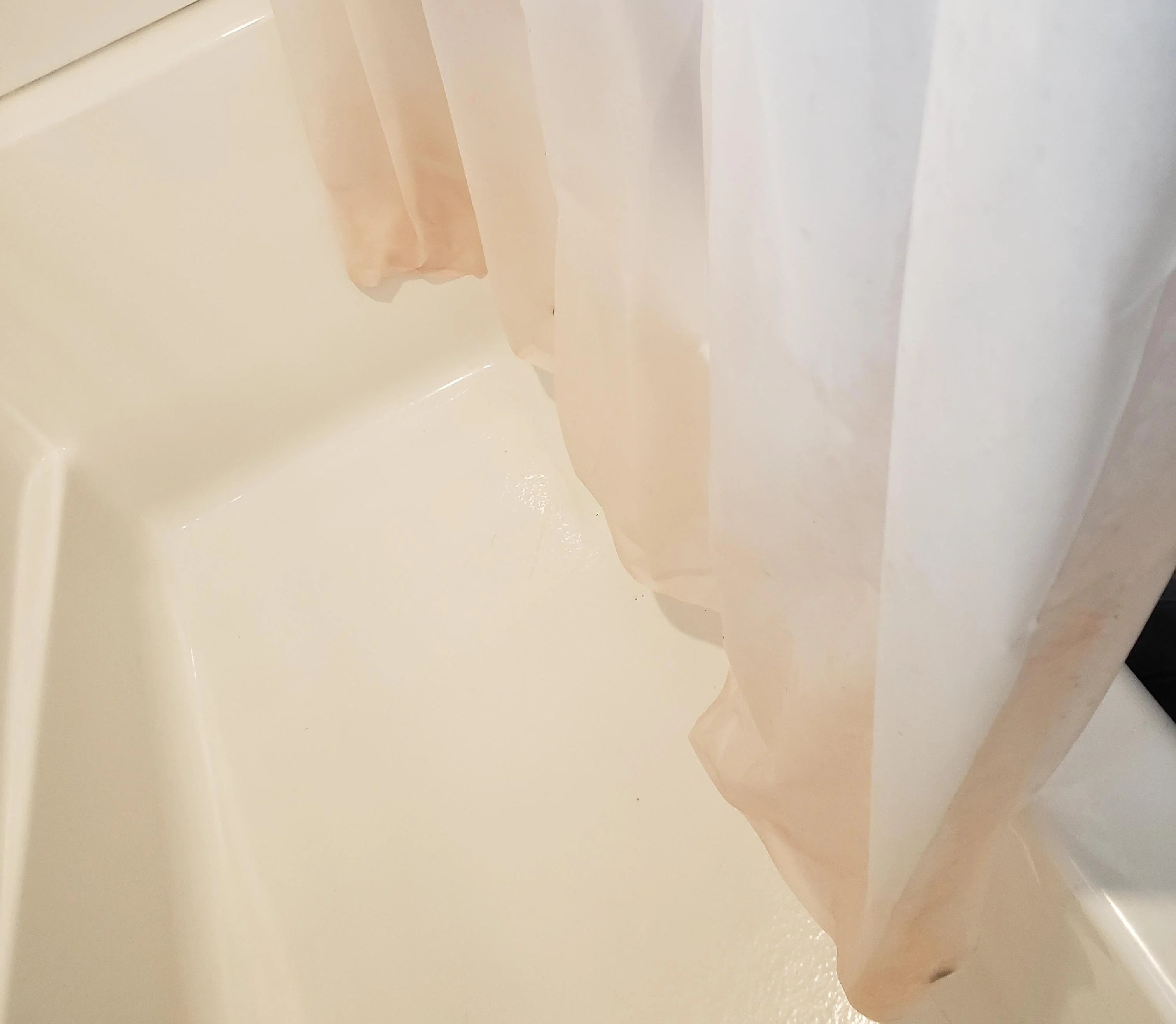
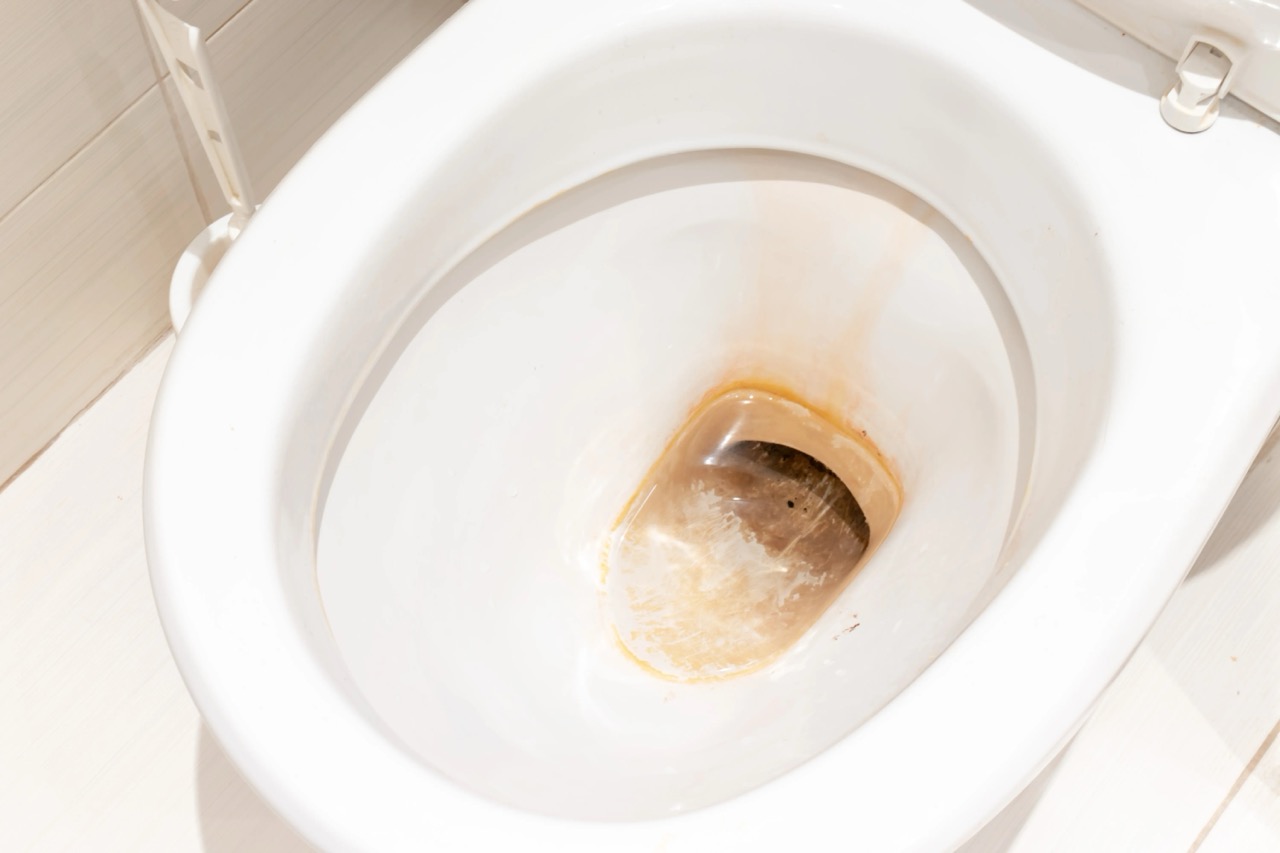
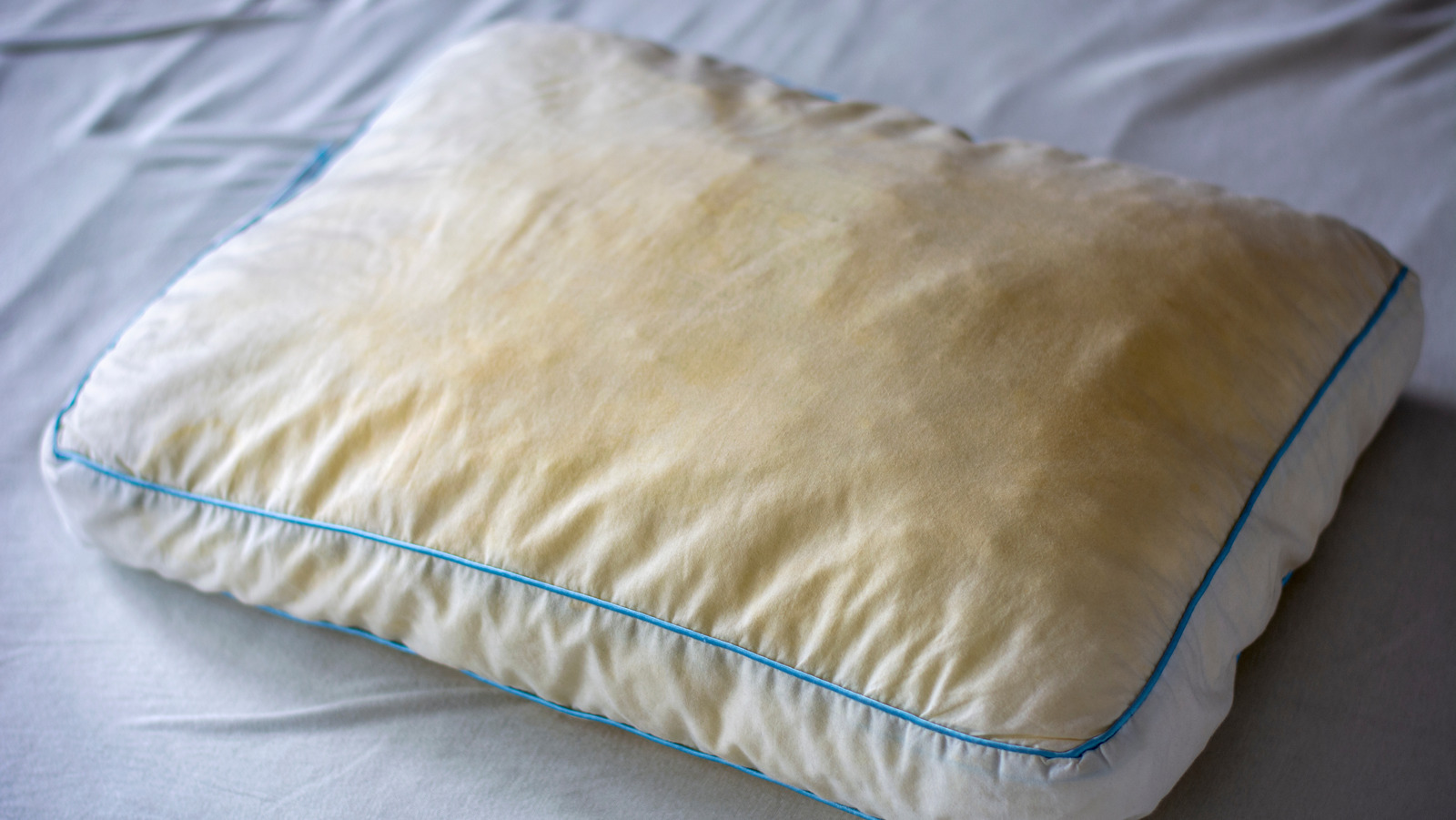
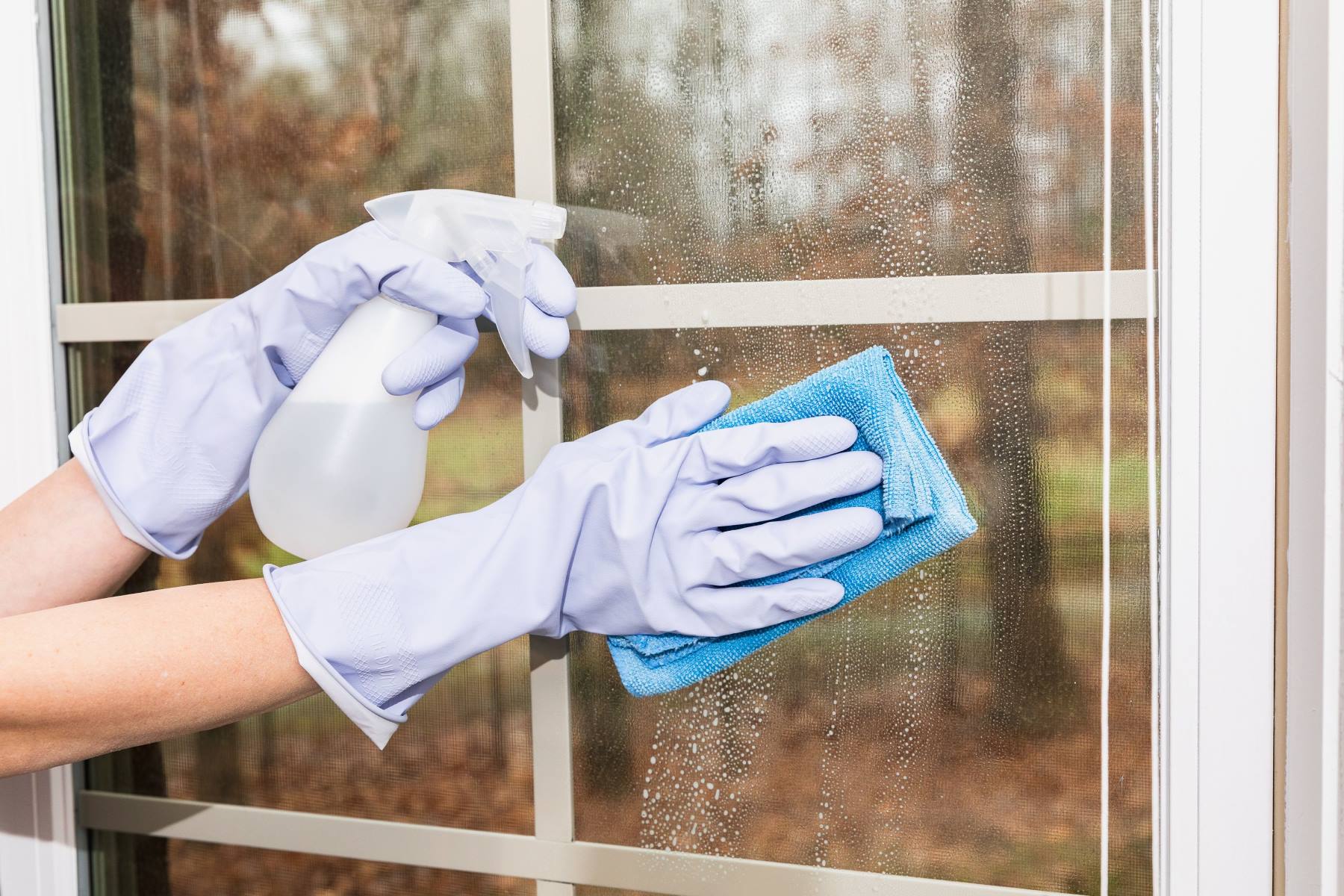
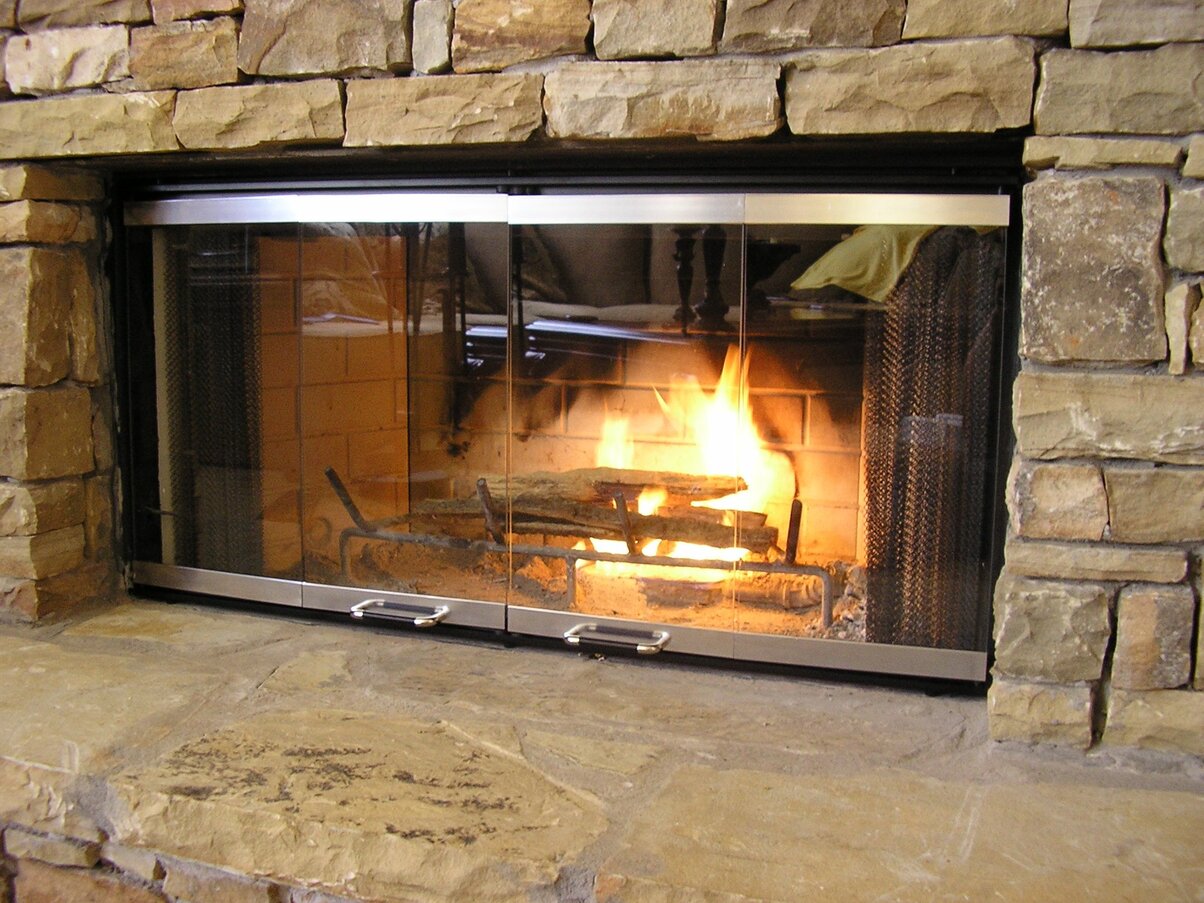
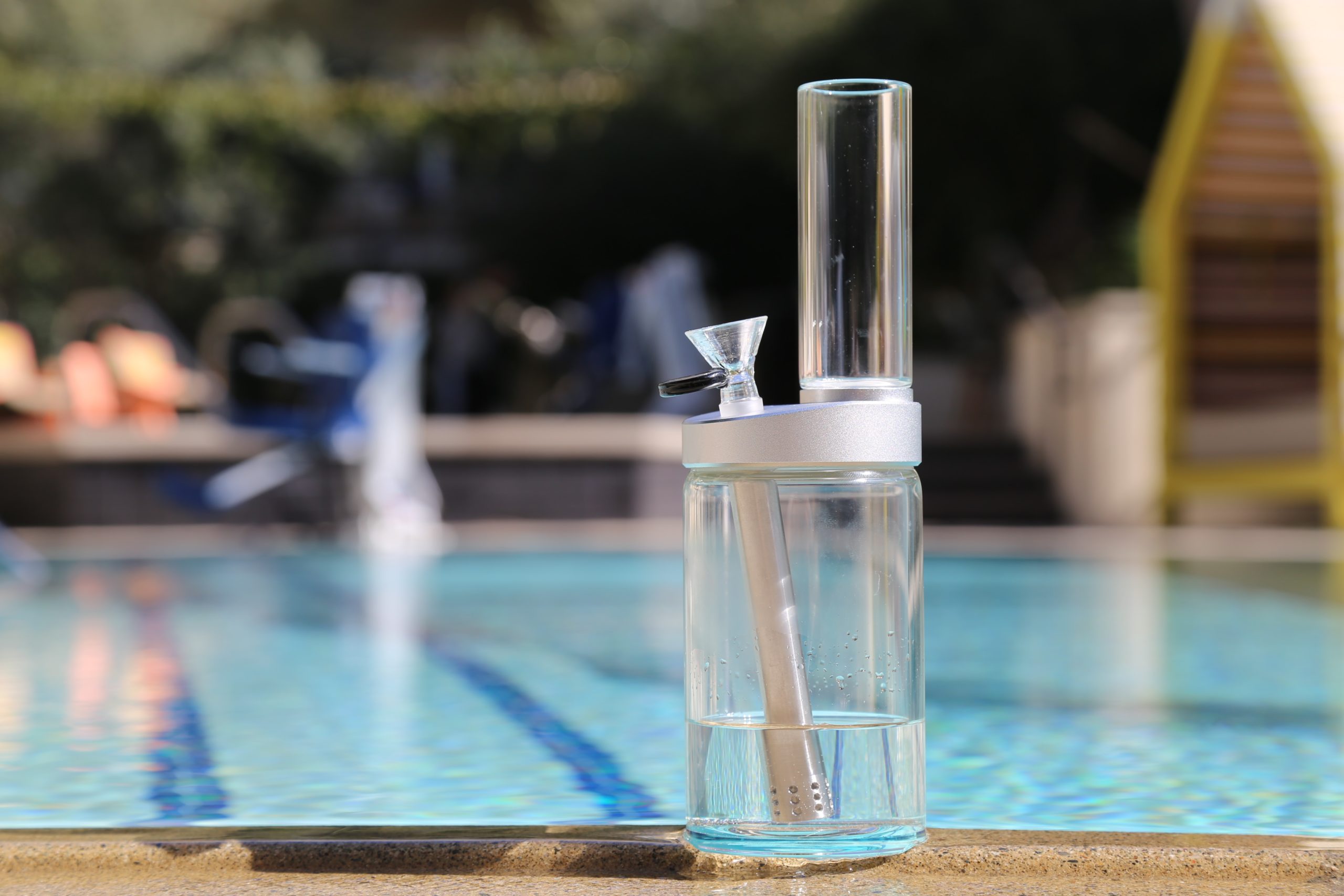
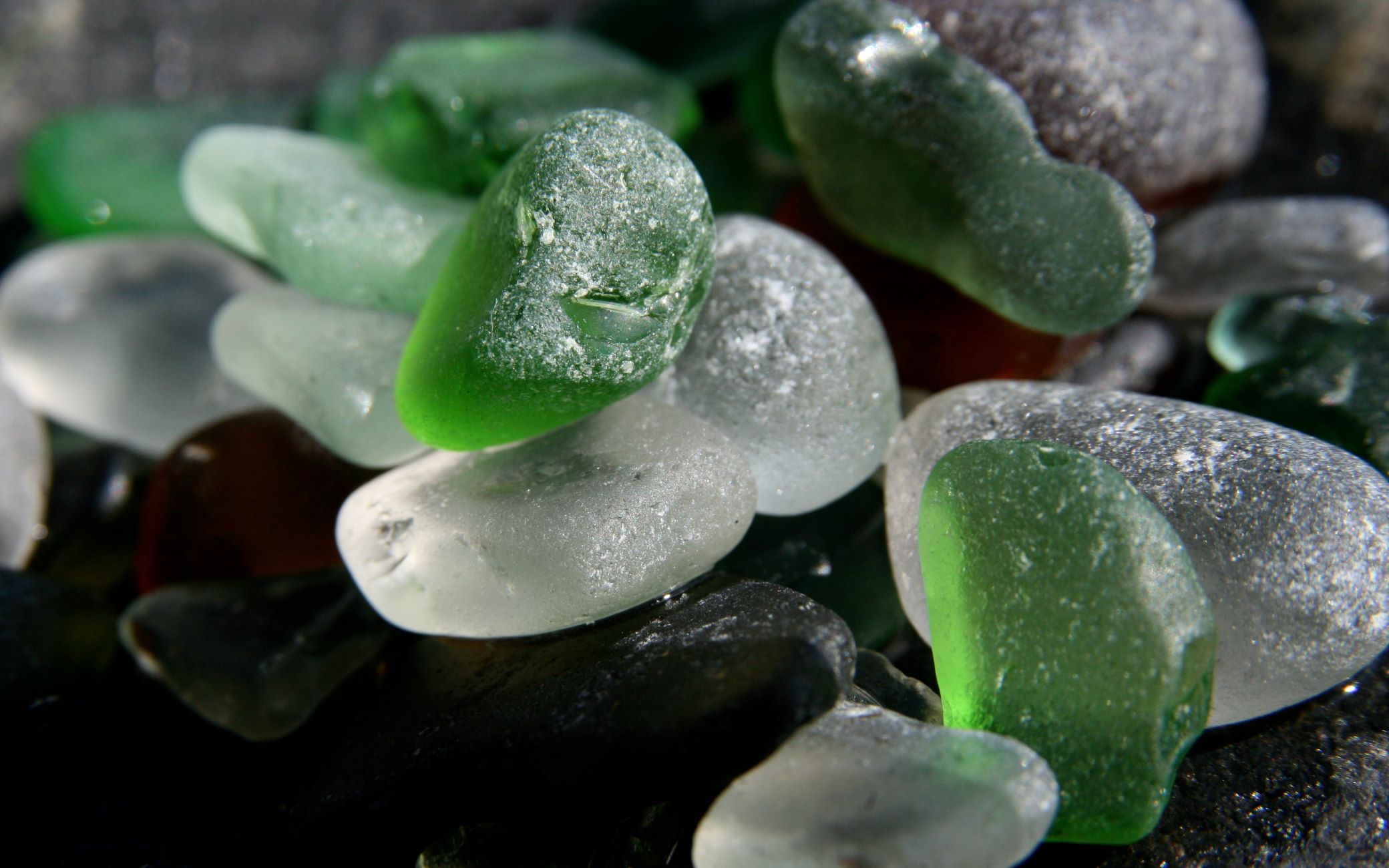
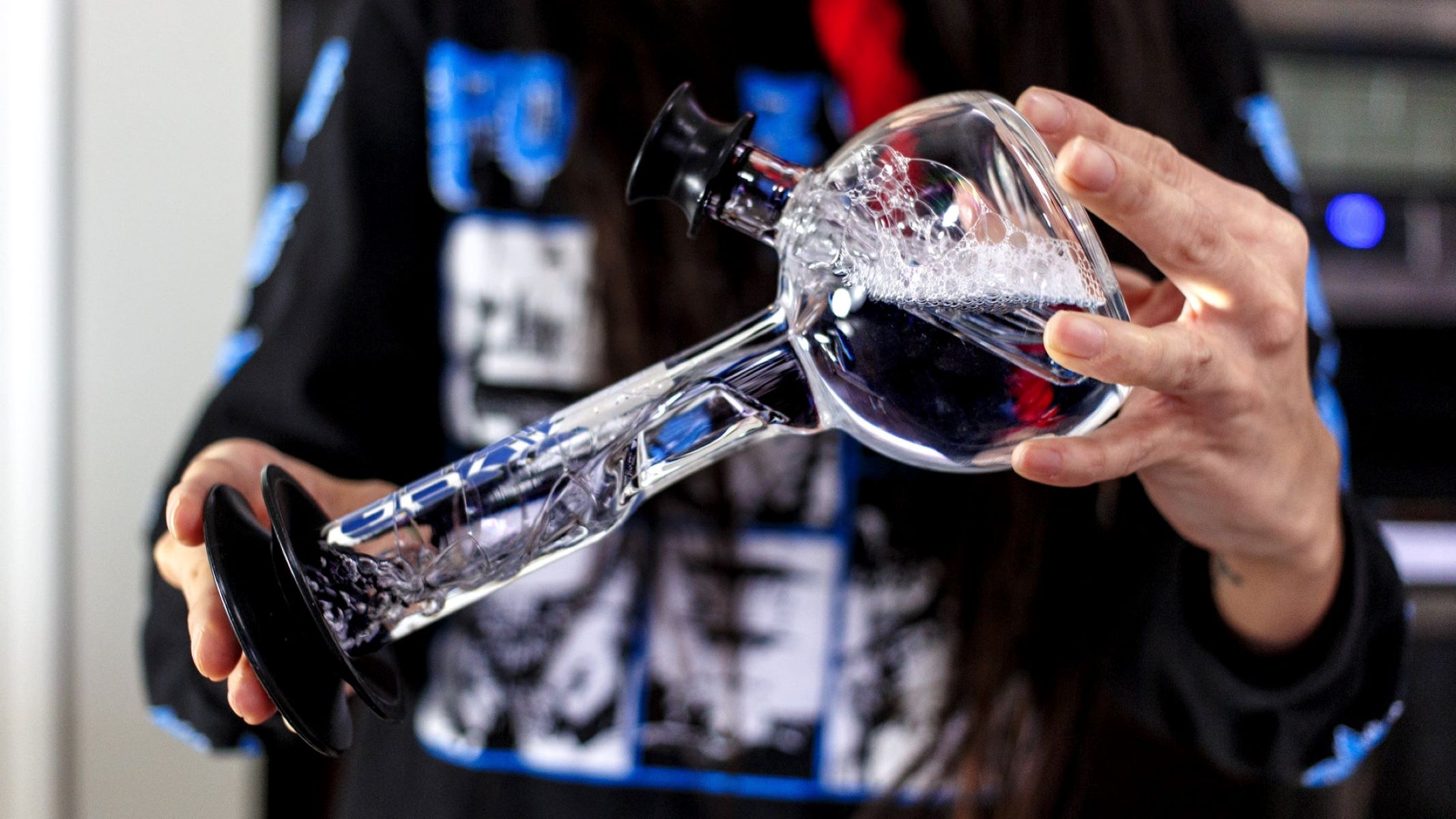
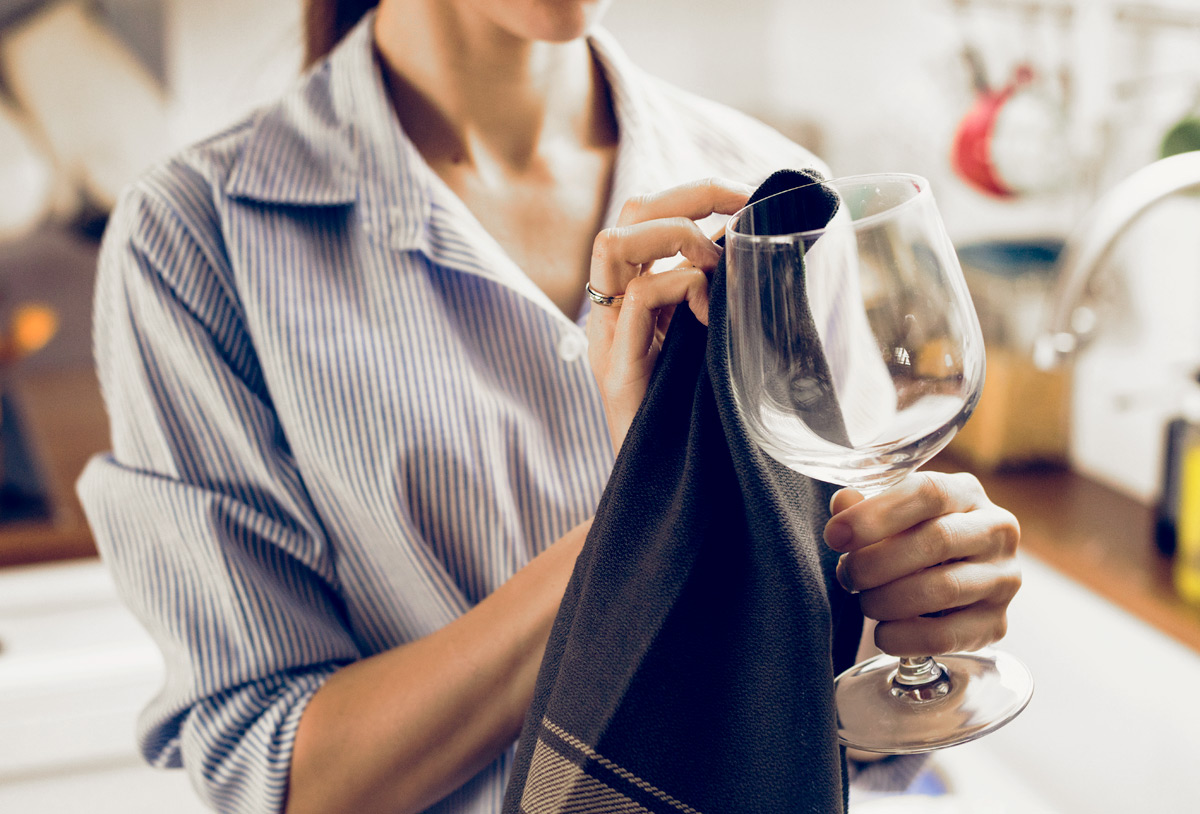
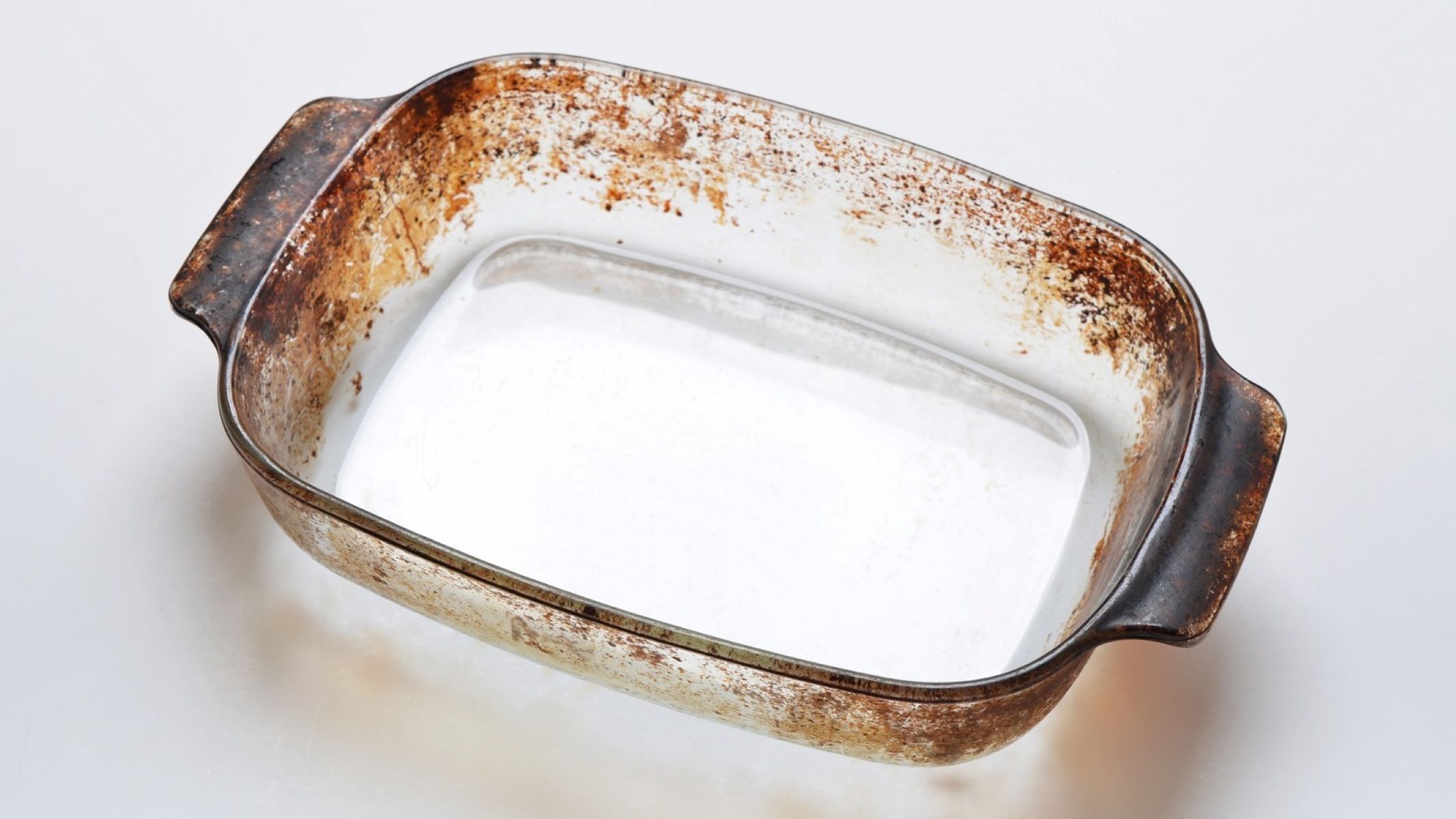
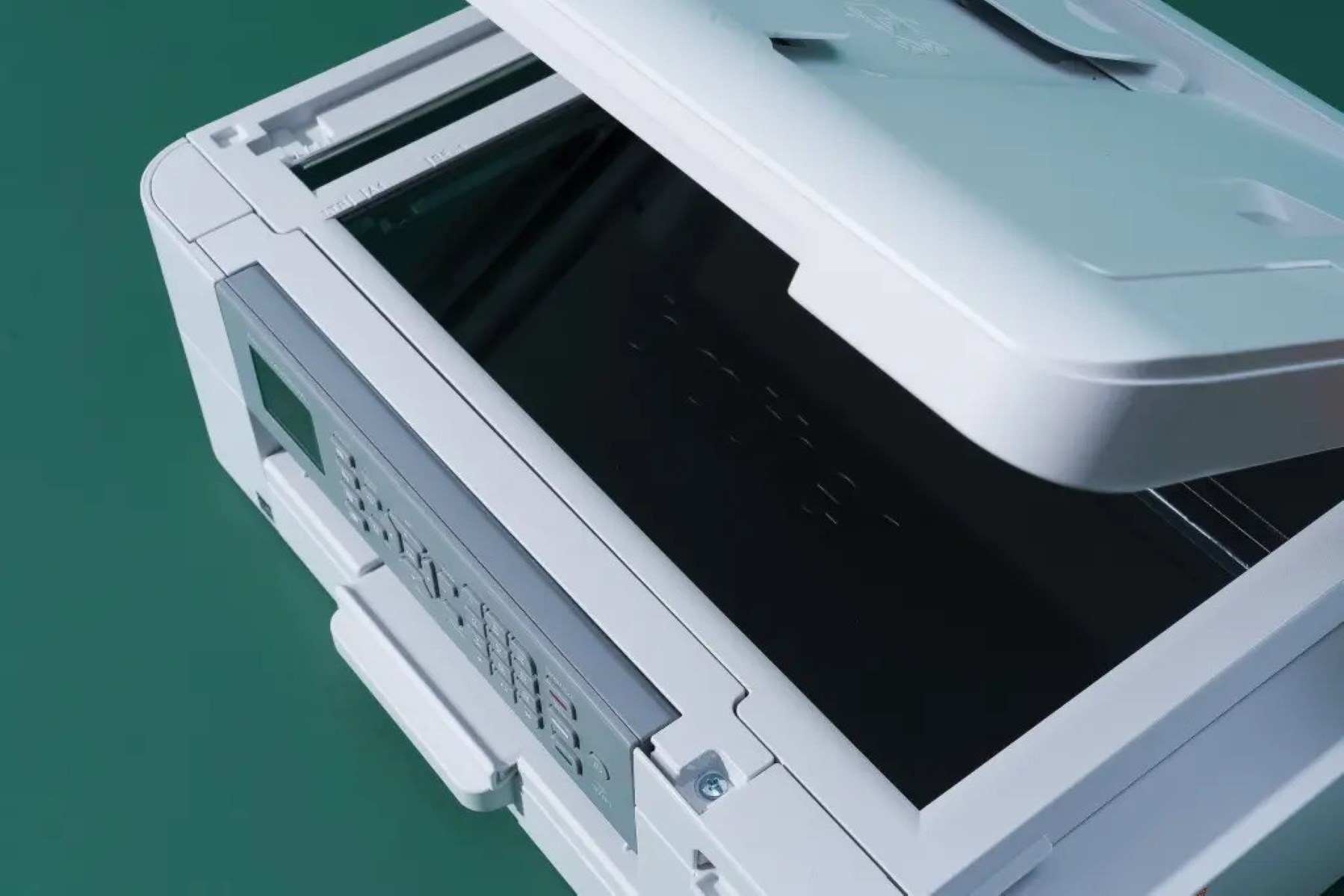
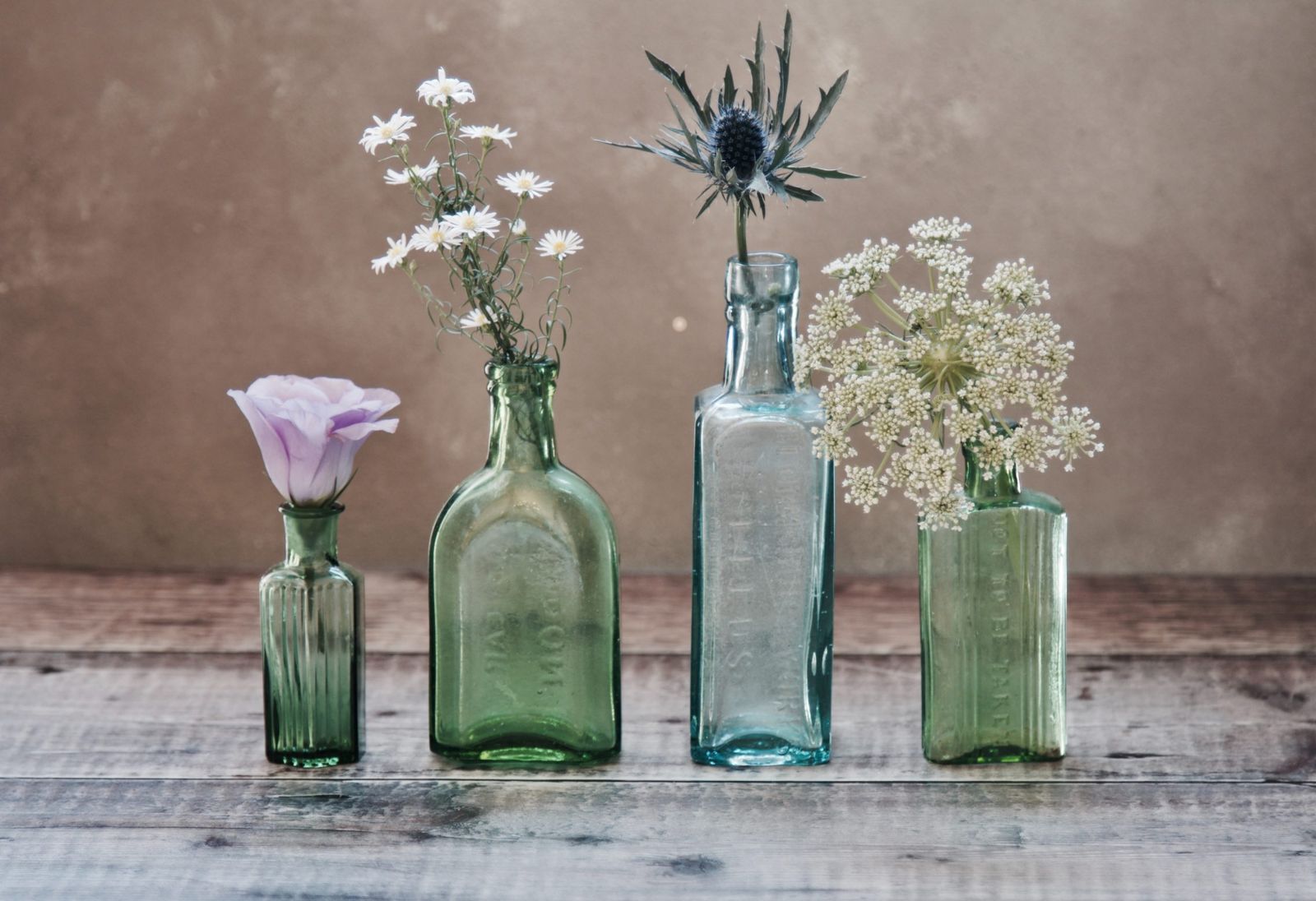
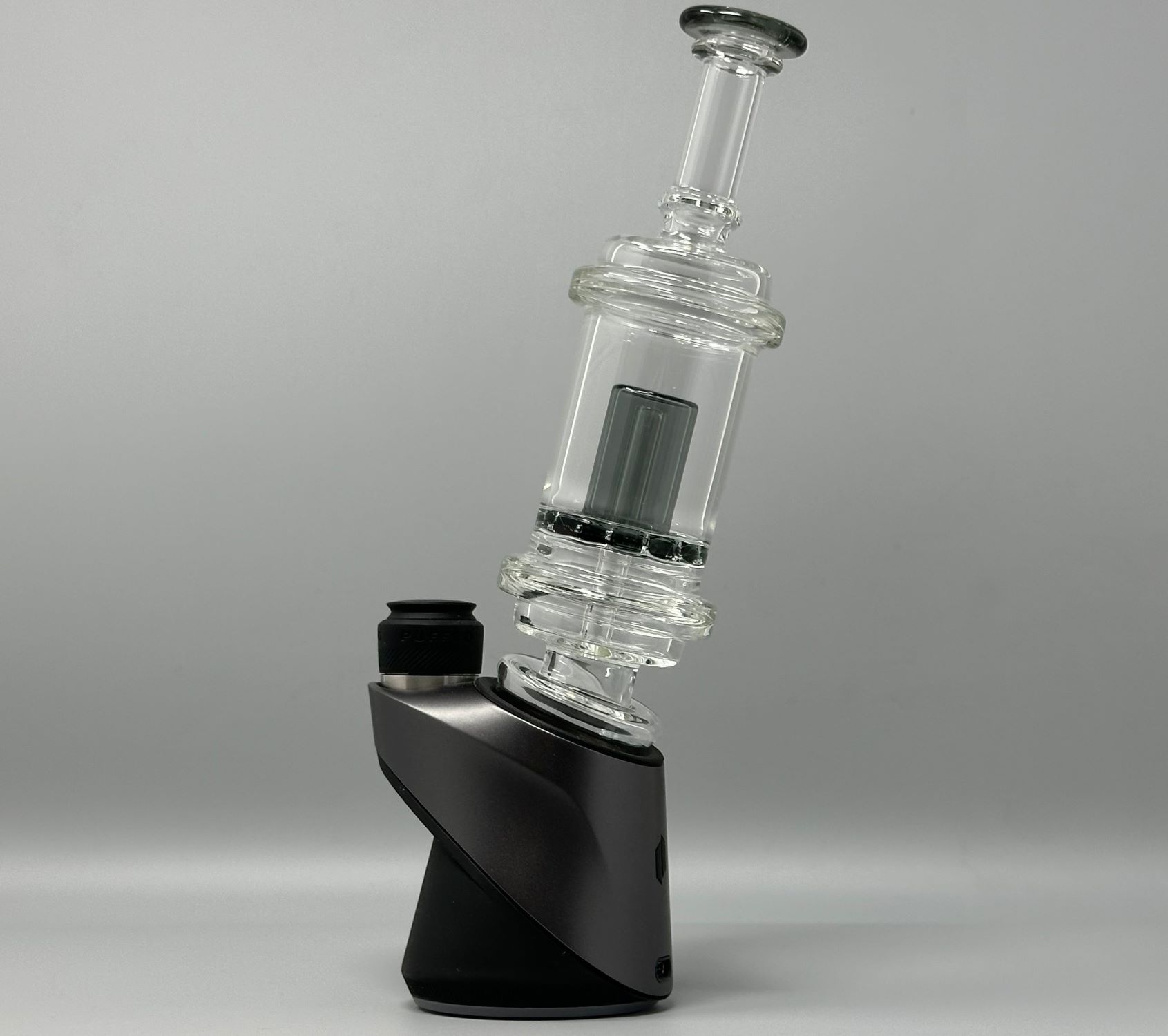
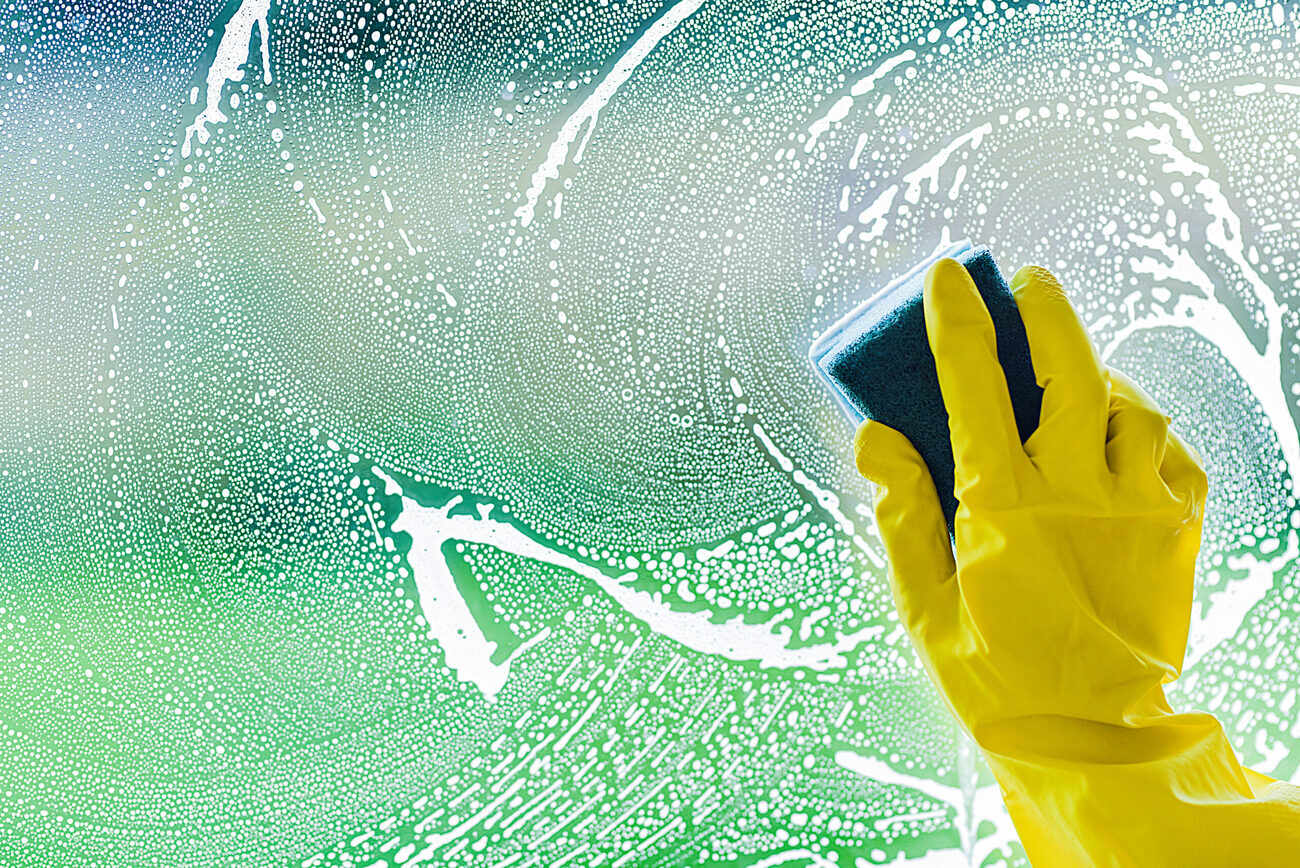

0 thoughts on “How To Clean Yellowed Glass”